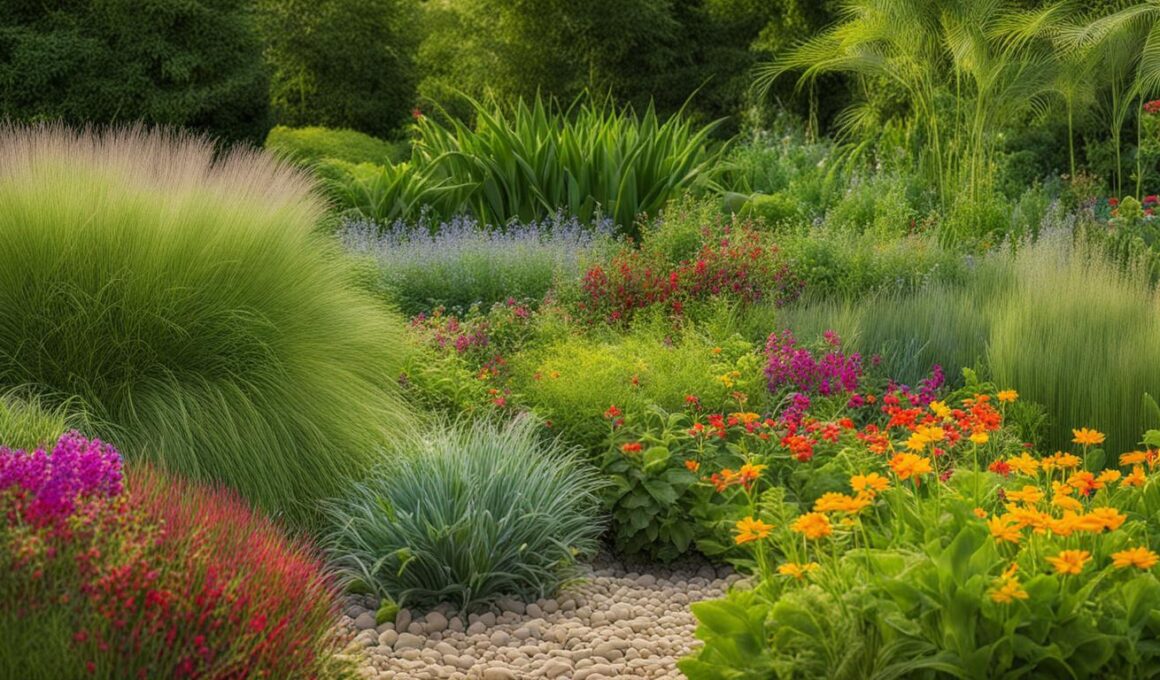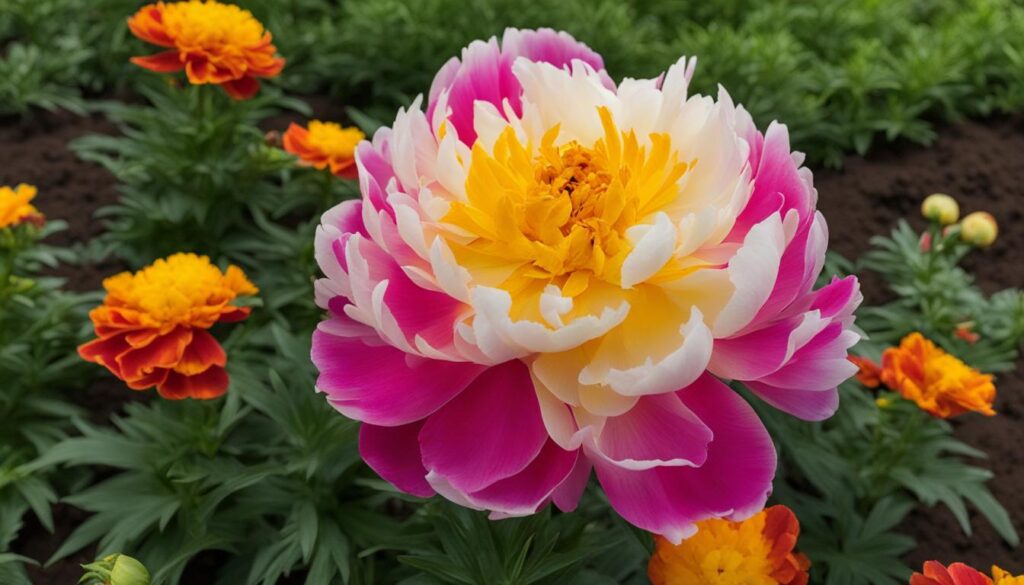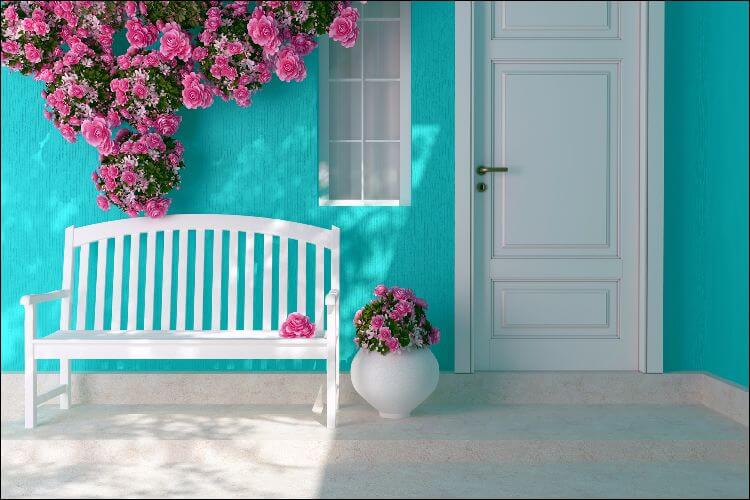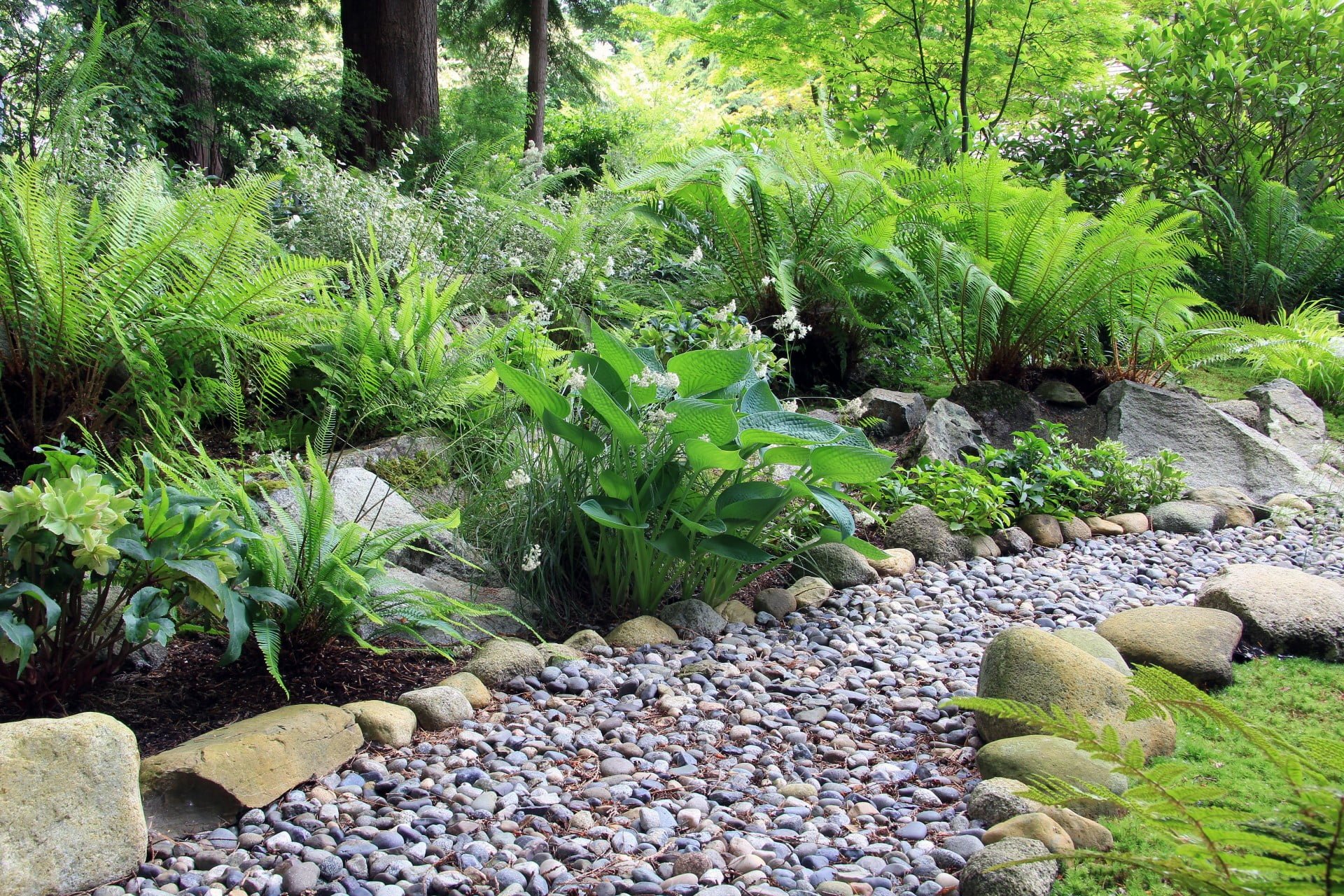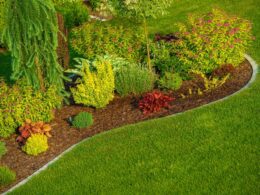Gardening in clay soil can be challenging, but with the right plants and techniques, you can transform your clay soil garden into a lush and thriving oasis. Clay soil has unique characteristics that require specific attention and plant choices. By selecting plants that are well-suited to clay soil, you can create a beautiful and resilient garden that thrives in spite of the heavy texture and occasional waterlogging.
In this article, we will explore the best plants for clay soil and provide valuable gardening tips to help you overcome the challenges of gardening in clay soil. Whether you are starting from scratch or looking to improve your existing clay soil garden, this guide will equip you with the knowledge you need to achieve success.
So, let’s dive in and discover the flowers that thrive in clay soil, as well as essential tips for gardening in clay soil. By implementing these strategies, you can create a vibrant garden that showcases the beauty of your clay soil.
Flowers that Thrive in Clay Soil
Clay soil can present challenges for gardeners, but with the right selection of flowers, you can create a breathtaking garden that thrives in clay soil. These clay-loving flowers have adapted to the unique characteristics of clay soil, making them a perfect choice for your clay soil garden.
Early Spring Bloomers
Bearded Irises, Hepatica, and Creeping Phlox are early spring bloomers that perform exceptionally well in clay soil. These resilient flowers bring vibrant colors and delicate beauty to your garden, marking the arrival of spring.
Late Spring and Early Summer Delights
As the days grow longer, Indian Pink, Daylilies, Butterfly Bush, Helenium, and Echinacea burst into bloom, adding delightful colors and attracting butterflies and bees to your garden. In shady areas, Hostas and Astilbes thrive, adding elegance and texture to your clay soil garden.
Bursts of Color in Peak Summer
During the peak of summer, tall Panicle Phlox, Black Eyed Susans, Cardinal Flower, and Bee Balm create breathtaking displays of color in your garden. These vibrant flowers complement each other, attracting pollinators and infusing your garden with life.
Autumn Color and Reblooming Beauties
Even as the days grow shorter, your clay soil garden can still be filled with color. Sedum and Asters bring vibrant hues to your autumn garden, while Bearded Irises and Liatris can be planted for a reblooming showcase. These flowers ensure that your garden remains vibrant and abundant throughout the seasons.
By selecting flowers that thrive in clay soil, such as these clay-loving varieties, you can create a cottage-like garden that becomes more remarkable and lush with each passing year. Embrace the unique qualities of clay soil and enjoy the beauty it can bring to your outdoor space.
- Bearded Irises
- Hepatica
- Creeping Phlox
- Indian Pink
- Daylilies
- Butterfly Bush
- Helenium
- Echinacea
- Hostas
- Astilbes
- Panicle Phlox
- Black Eyed Susans
- Cardinal Flower
- Bee Balm
- Sedum
- Asters
- Bearded Irises
- Liatris
Tips for Gardening in Clay Soil
Gardening in clay soil can present some challenges, but with the right approach, you can create a thriving garden. Here are some tips to help you improve your clay soil and overcome its unique challenges.
1. Take a “No Dig” Gardening Approach
To improve your clay soil, it’s best to avoid disturbing it as much as possible. Digging or tilling the soil can further compact it, making it harder for plants to thrive. Instead, opt for a “no dig” gardening approach. Use raised beds or containers to create planting areas without disturbing the clay soil beneath.
2. Add Organic Material to Improve Texture and Drainage
One of the best ways to improve clay soil is by adding organic material, such as compost, to it. This helps to break up the heavy texture of clay and improve its drainage. Spread a layer of compost over the soil and work it in with a garden fork or tiller. Repeat this process annually to gradually improve your clay soil over time.
3. Manage Water Effectively
Clay soil has a tendency to become waterlogged, which can be detrimental to plant health. To manage water effectively, create earthworks such as land drains and rain gardens in your garden. These features help to redirect excess water away from your plants and prevent waterlogging.
4. Plant Trees and Shrubs That Absorb Excess Water
Another way to deal with excess water in clay soil is by planting trees and shrubs that are known for their ability to absorb water. Species like willows, alders, and winterberry holly have deep root systems that can help to draw excess water out of the soil.
5. Avoid Compaction and Choose Plants with Strong Roots
Clay soil is prone to compaction, which can make it difficult for plants to establish strong root systems. To prevent compaction, avoid walking or working in your garden when the soil is wet. Instead, wait until the soil has dried out slightly. When choosing plants for your clay soil garden, opt for those with strong and fibrous root systems that can break up the soil as they grow.
6. Protect Your Clay Soil Over Winter
In winter, clay soil can become waterlogged and compacted due to heavy rainfall. To protect your clay soil, consider planting winter green manures, such as rye or clover, to cover your growing areas. These plants help to prevent erosion and improve soil structure. Additionally, you may want to consider covering your growing areas with a greenhouse or polytunnel to protect the soil from excessive moisture.
With these tips in mind, you’ll be well-equipped to tackle the challenges of gardening in clay soil. By improving the texture and drainage, managing water effectively, and choosing the right plants, you can create a thriving and beautiful garden in your clay soil.
What are the Best Gardening Tips for Sandy Soil to Ensure Thriving Plants?
Gardening in sandy soil can be challenging, but with the right tips, you can have thriving plants for sandy soil. Adding organic matter, choosing drought-tolerant plants, and using mulch can improve soil structure and water retention. Consider native plants that are well suited for sandy soil to ensure a successful garden.
Conclusion
Gardening in clay soil may present some challenges, but with the right plants and techniques, you can create a beautiful and thriving garden. By selecting flowers that thrive in clay soil and following specific gardening tips for clay soil, you can transform your garden into a lush landscape. From early spring bloomers to late summer perennials, there are plenty of options to choose from. Remember to improve the soil with organic material, manage water effectively, and avoid compaction. With patience and care, you can create a garden that flourishes in clay soil.





